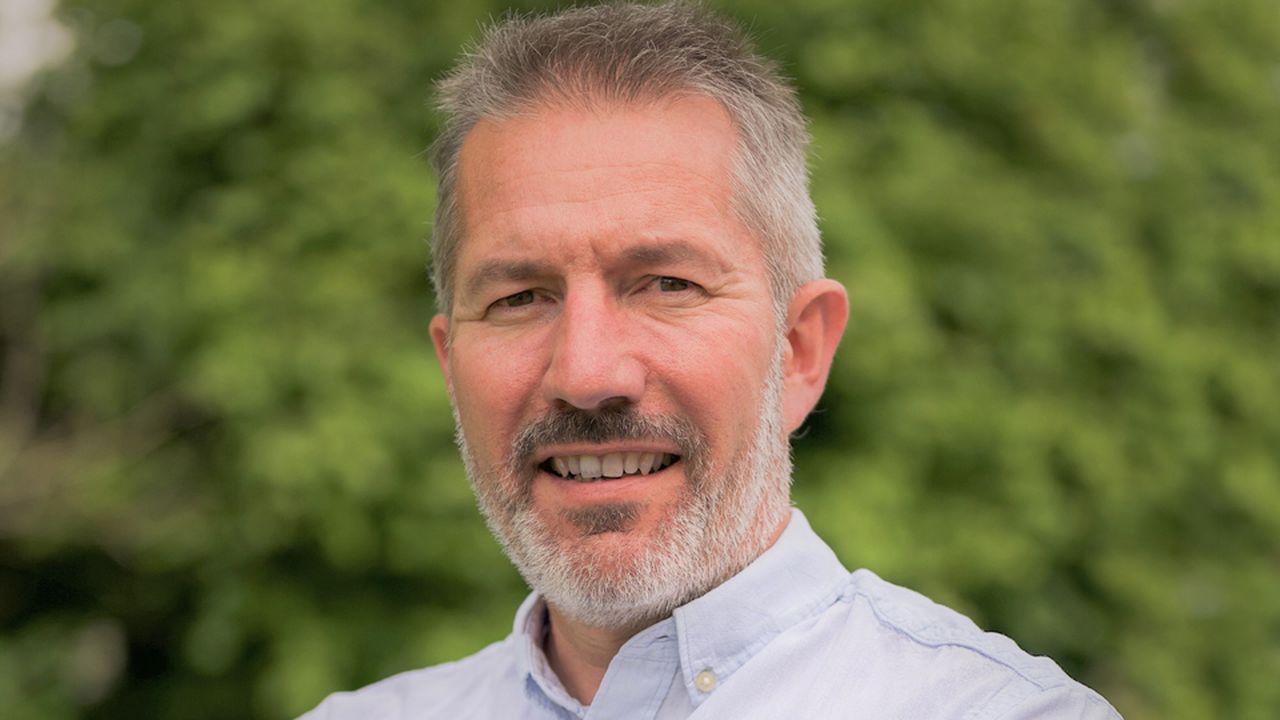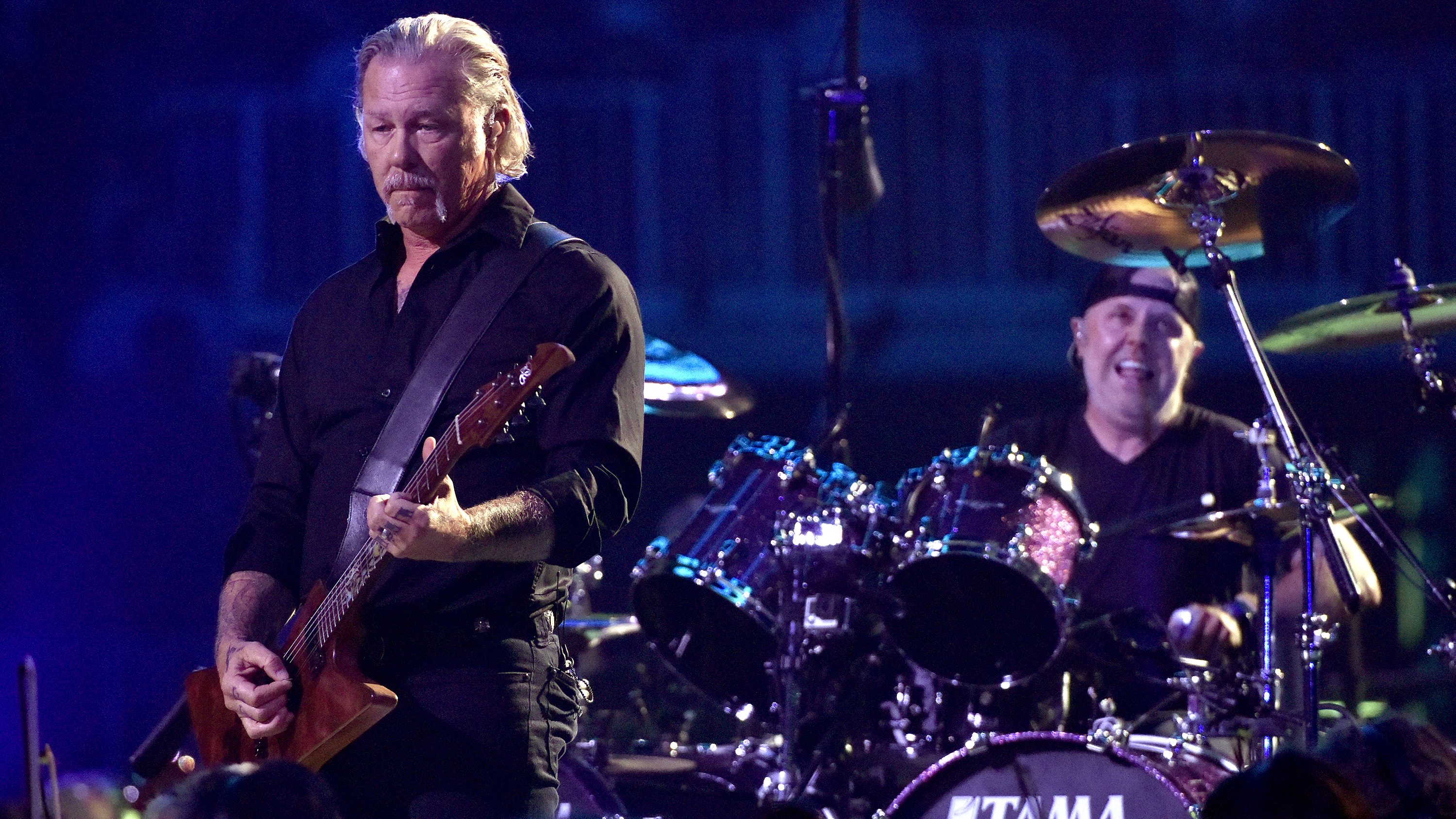Posted on Jan 5, 2021, 2:39 PM
When the twins Olivier and Jacques Barreau founded Grain de Sail in 2010, their primary objective was to release a ship under their responsibility, as shipowners. But not just any boat: a cargo sailboat, whose ecological impact would be almost zero by avoiding the use of an engine, and thanks to two micro-wind turbines, photovoltaic panels and two hydro-generators, which distribute the energy up to the needs at sea.
But first, Grain de Sail had to find a commercial activity, backed by a solid company, to finance its construction and make its operations profitable. “We come from the maritime sector originally and our basic idea was to decarbonize transport by returning to the idea of the freighter sailboat. In the merchant navy, the question that arises when you want to build a ship is: what do you put in the holds? », Says Jacques Barreau, CEO of Grain de Sail.
This modern-day explorer project, which revisits the history of counters, could only lend itself to trendy products, that is to say organic products, as strong in taste as in symbolism. , and accessible to the greatest number in terms of selling price: coffee first, then chocolate. In 2013, they launched the roasting activity, and released their first chocolate bar in 2016, after a year of work to build a chocolate factory. Four years later, the company processes and markets 230 tonnes of chocolate and nearly 30 tonnes of coffee.
This commercial success allows Grain de Sail to achieve sales of 2.5 million euros in 2018 and to launch the construction of the first ship, which will collect the raw materials – cocoa and coffee – in Latin America. In November 2020, the Grain de Sail freighter sailed for its first transatlantic voyage, helmed by Loïc Briand, the general director of maritime armament of Grain de Sail Shipping. Thanks to a perfectly insulated “cellar” wedge, with an ideally stable humidity rate suitable for wine, the company is able to launch a third sector of activity as an exporter of organic French wines.
“We didn’t want the boat to leave our shores empty. We thought about an emblematic French product, which we could export across the Atlantic, and wine naturally imposed itself, just like New York in terms of the market, an obvious destination for Bretons. We carried out an in-depth study to analyze the tastes of New Yorkers and find suitable wines throughout France, after extensive sourcing work. We have gradually built up our fall cargo, which will be a little different in the spring. ”
Grain de Sail already has around a hundred customers, wine merchants and restaurateurs, in the Manhattan and Brooklyn sectors. “Thanks to the Bpifrance International Business Volunteering system, we were able to send Mathieu Rioux, our export director, who for eighteen months will take care of deploying our products and making our brand known”, continues the manager, who adds: “The VIE is a great tool to manage to support the initial financial burden, always heavy when starting to do business in the American market. This allows us to get there in very good conditions. “
In addition, the company, which employs 34 people and 18 disabled workers, is completing work on its new chocolate factory in Morlaix, near the head office, where the roasting workshop will also be located. It has invested six million euros in this project to which is added an exhibition gallery presenting, with the latest digital tools, the Grain adventure of Sail.
However, the company only achieved its first objective, namely to create its activities, its production tools, and its first freighter, whose relatively limited size (24 meters long), was studied: “It It was a question of being careful, of checking the relevance of our economic model with a measured risk-taking. But today, Grain de Sail is a victim of its own success, and constrained by its means of production and transport. With a turnover which is on the rise (+ 50% in 2020), a network of 650 points of sale in France (mainly in the north-west quarter) and an exponential demand on its website (multiplied by three ), it must strengthen its capacities to be able to expand its offer.
It is therefore time to think about new chocolate factories (including one planned for Dunkirk) and the construction of Grain de Sail II, whose dimensions (50m long) and loading capacity (250 tonnes) will allow the company to pass a milestone and the two brothers to respond to the ultimate ambition: “to build a network of several production sites, on European coasts and on the East coast of the United States, all supplied by our fleet, to pool needs and routes. “
–

![[전국]Neglect of quarantine measures, non-cooperation of epidemiological investigations… “It’s worse than Shincheonji” [전국]Neglect of quarantine measures, non-cooperation of epidemiological investigations… “It’s worse than Shincheonji”](https://image.ytn.co.kr/general/jpg/2021/0105/202101051838284582_t.jpg)
